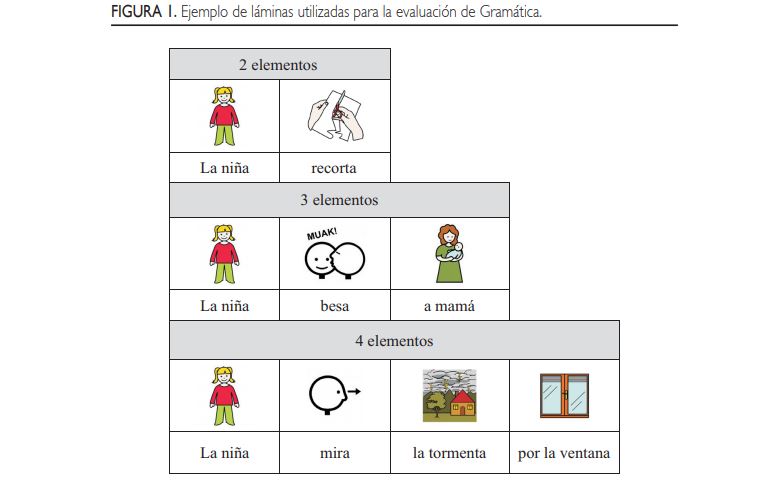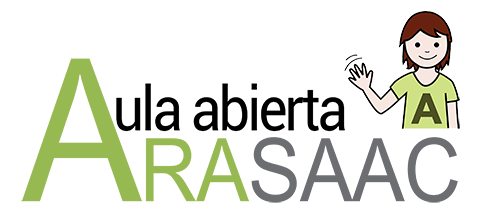Authors:
Manuela Miranda Fernández
Verónica Martínez López
Oviedo University
Bibliographic information
Scientific article on “Simultaneous auditory-visual support in grammatical intervention in participants with intellectual disabilities”.
MIRANDA FERNANDEZ M.. and MARTÍNEZ LÓPEZ V.: “Simultaneous auditory-visual support in grammatical intervention in participants with intellectual disabilities”. Journal of Education – Ministry of Education and Vocational Training
Available in http://www.educacionyfp.gob.es/revista-de-educacion/numeros-revista-educacion/numeros-anteriores/2020/389/389-5.html
Introduction
Studies of language profiles in intellectual disability (ID) show that grammatical competence is affected in some genetic syndromes. Research on language learning in ID reveals that the role of hearing is compromised, that vocabulary and grammar acquisition is determined by poor auditory memory capacity, and that visual material facilitates the recognition of sounds, vocabulary, and grammar.
Objectives: To determine whether simultaneous auditory-visual support improves language by increasing the recognition of sounds, vocabulary and grammar, and to analyze whether subjects with ID with a higher level of verbal age and auditory memory obtain better scores in sounds, vocabulary and grammar after the intervention.
Methodology: The design is quasi-experimental pretest-postest with experimental group and control group. The sample consists of 12 participants with ID between 10;11 and 16;11 years old, enrolled in special education.
Procedure: Auditory-visual material of 50 sequences of ARASAAC pictograms associated with 50 different sounds.

Results: Significant post-intervention increase in sounds, vocabulary and grammar; and an increase in post-intervention vocabulary in participants with greater amplitude of auditory memory.

Discussion: This intervention is effective and reflects the importance of visual material in linguistic development in ID.
Abstract
Introduction: Studies of linguistic profiles in intellectual disability (ID) show that grammatical competence can be altered in some genetic syndromes. Research on language learning in ID reveals that the role of audition is compromised, vocabulary and grammar acquisition are determined by its scarce ability in auditory memory and visual material facilitates sounds recognition, vocabulary and grammar.
Aims: To determine whether simultaneous auditoryvisual support improves language increasing sounds recognition, vocabulary and grammar, and to analyse whether ID participants with a higher level of verbal age and auditory memory obtain better results in sounds, vocabulary and grammar after intervention.
Method: The design is cuasi-experimental pre-test and post-test with an experimental group and a control group. The sample is composed of 12 ID participants ranging in age from 10;11 to 16;11, receiving special education.
Procedure: Auditory-visual material made up of 50 sequences of ARASAAC pictograms associated with 50 sounds.
Results: A significant increase after intervention concerning sounds, vocabulary and grammar; the participants from the experimental group with higher auditory memory only increased their vocabulary after intervention.
Discussion: This intervention is effective and show the importance of visual support in linguistic development in ID.











